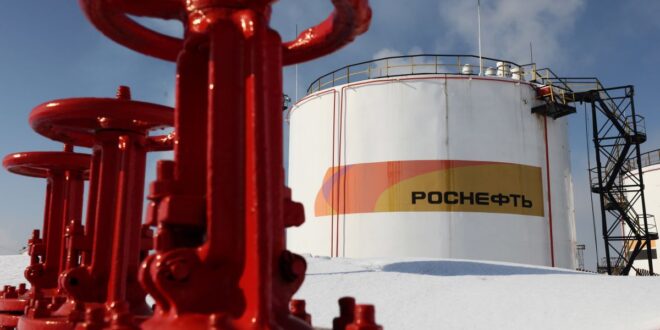Russia is again reviving the possibility that it could ban all crude oil product exports in order to stabilize volatile fuel prices in the country, Russia’s TASS new agency said .
Alternatively, Russia could increase its oil product exports duty to $250 per tonne. This duty will be refunded for those companies that meet their quota for supplying fuel to Russia’s domestic market.
A ban on product exports out of Russia—although temporary—would squeeze Europe’s diesel supplies even more. While Europe has banned the importation of Russian-sourced refined products as of February, it merely shifted trade patterns, with Russia increasing its refined products exports by 50 percent year over year as of the first quarter by increasing shipments to Africa.
The news comes even as Gazprom’s Astrakhan gas processing plant resumed gasoline output after maintenance work. Russian Energy Minister Nikolai Shulginov said earlier this week that there were a number of oil refineries that were due to be brought back online after maintenance work—Astrakhan being just one. The end of maintenance work on the refineries could go a long way in easing Russia’s domestic fuel crunch, and could negate the need for a ban on the country’s exports.
Russia has been considering a fuel export ban since May in an effort to avert domestic fuel shortages and rein in prices after announcing a halving of subsidies to oil refiners that will start this month in order to keep more money in government coffers to fund its military operation in Ukraine.
Despite the domestic fuel crunch, Russia’s oil refineries increased crude processing rates in the first half of last month in the runup to the subsidy cuts.
Russia also said it planned to reduce diesel exports from western ports by a quarter this month as seasonal refinery maintenance continued.
Meanwhile, global oil prices hit a 10-month high at the weekned trade and posted a third weekly gain as supply tightness spearheaded by Saudi Arabian production cuts combined with optimism around Chinese demand to lift crude.
Brent crude futures rose 23 cents, or 0.3 percent, to settle at $93.93 a barrel, while U.S. West Texas Intermediate futures was up 61 cents, or 0.7 percent, to close at $90.77 a barrel. Both contracts traded at 10-month highs on Tuesday for the fifth consecutive session, and gained about 4 percent on a weekly basis.
Oil prices are also on track for their biggest quarterly increase since Russia’s invasion of Ukraine in the first quarter of 2022.
Supply concerns continue to be a driving force for prices since Saudi Arabia and Russia this month announced an extension of their combined supply cuts of 1.3 million barrels per day to the end of this year, said Fiona Cincotta, an analyst at City Index.
Better-than-expected industrial output and retail sales data in China have also boosted oil prices this week, with the country’s economic conditions considered crucial to oil demand for the rest of this year, Cincotta added.

 Iran Energy News Oil, Gas, Petrochemical and Energy Field Specialized Channel
Iran Energy News Oil, Gas, Petrochemical and Energy Field Specialized Channel



